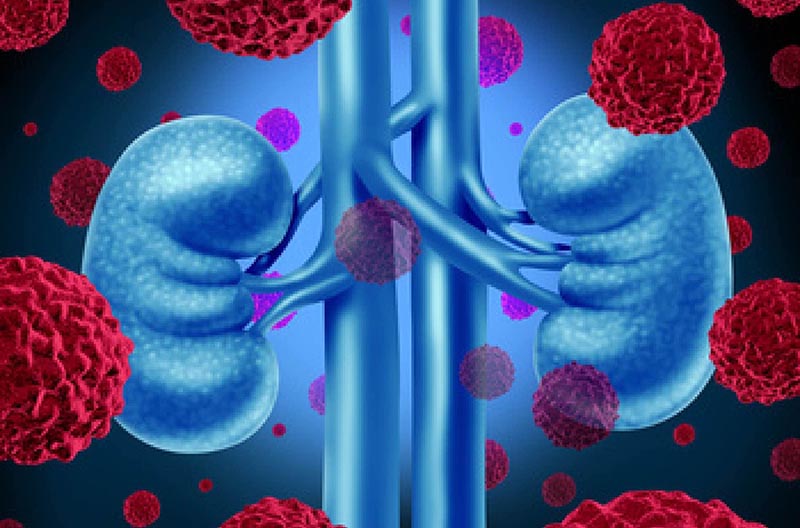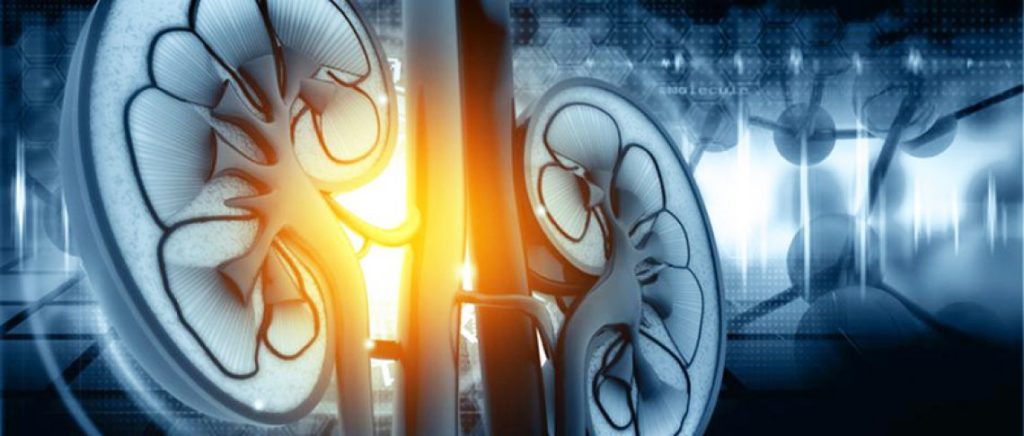Share this Page:
Researchers at the University of California in San Diego, USA, have discovered how the environment surrounding a tumour can trigger the cancer cells to spread (metastasise). The researchers have published their findings in the journal, Nature Communications.
The researchers found that when tumour cells are confined in a dense environment, a specific set of genes, called a gene module, is turned on and the tumour cells begin to form structures that look like blood vessels. These blood vessel-like structures (called vascular mimicry) have been seen before in the clinic, but doctors didn’t understand what caused them to grow. Vascular mimicry is associated with some of the most aggressive types of cancer.
This study helps researchers to understand how the spread of cancer may be triggered. Metastatic spread of tumour cells from one location in the body to another is the cause of 90% of cancer-related deaths. The gene module that the researchers discovered was able to predict patient outcomes and whether tumours will metastasise. This could be done for nine types of cancer, including breast, lung, pancreatic, and kidney cancers.
This gene module could be used to help determine whether patients are suffering from an aggressive type of cancer and inform treatment decisions for patients and their doctors.













